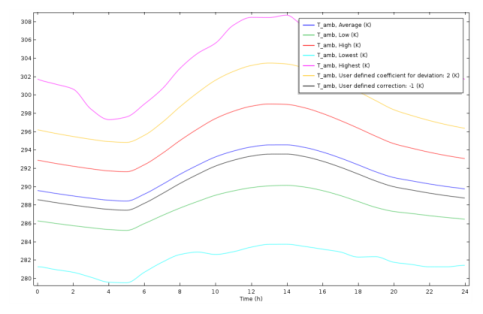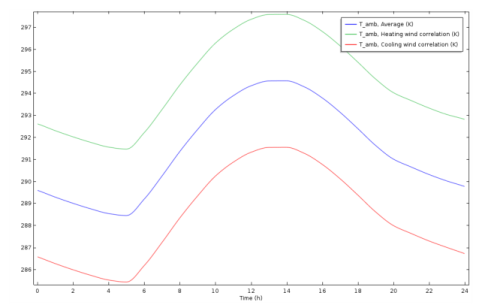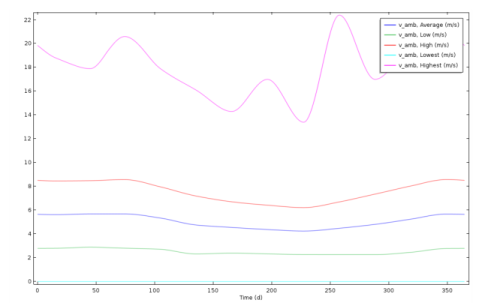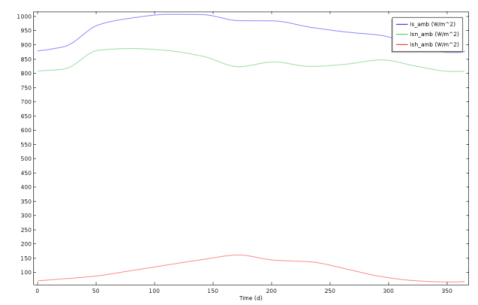|
•
|
|
•
|
|
•
|
|
•
|
|
•
|
|
•
|
|
•
|


|
•
|
|
•
|
|
•
|
|
•
|
|
•
|
|
•
|
<DPTstation> (SI unit: K) is the weighted mean of the observed values of dew point temperature at the station.
|
|
•
|
σDPT,station (SI unit: K) is the standard deviation of the observed values of dew point temperature at the station.
|
|
•
|
DPTstation (SI unit: K) is the set of the observed values of dew point temperature at the station.
|

|
•
|
|
•
|
|
•
|
|
•
|
|
•
|
|
•
|
<vstation> (SI unit: m/s) is the weighted mean of the observed values of wind velocity at the station.
|
|
•
|
σv,station (SI unit: m/s) is the standard deviation of the observed values of wind velocity at the station.
|
|
•
|
vstation (SI unit: m/s) is the set of the observed values of wind velocity at the station.
|

|
•
|
|
•
|
|
•
|
|
•
|
|
•
|
|
•
|
<P0,station> (SI unit: m/s) is the weighted mean of the observed values of precipitation rate at the station.
|
|
•
|
σP0,station (SI unit: m/s) is the standard deviation of the observed values of precipitation rate at the station.
|
|
•
|
P0,station (SI unit: m/s) is the set of the observed values of precipitation rate at the station.
|

